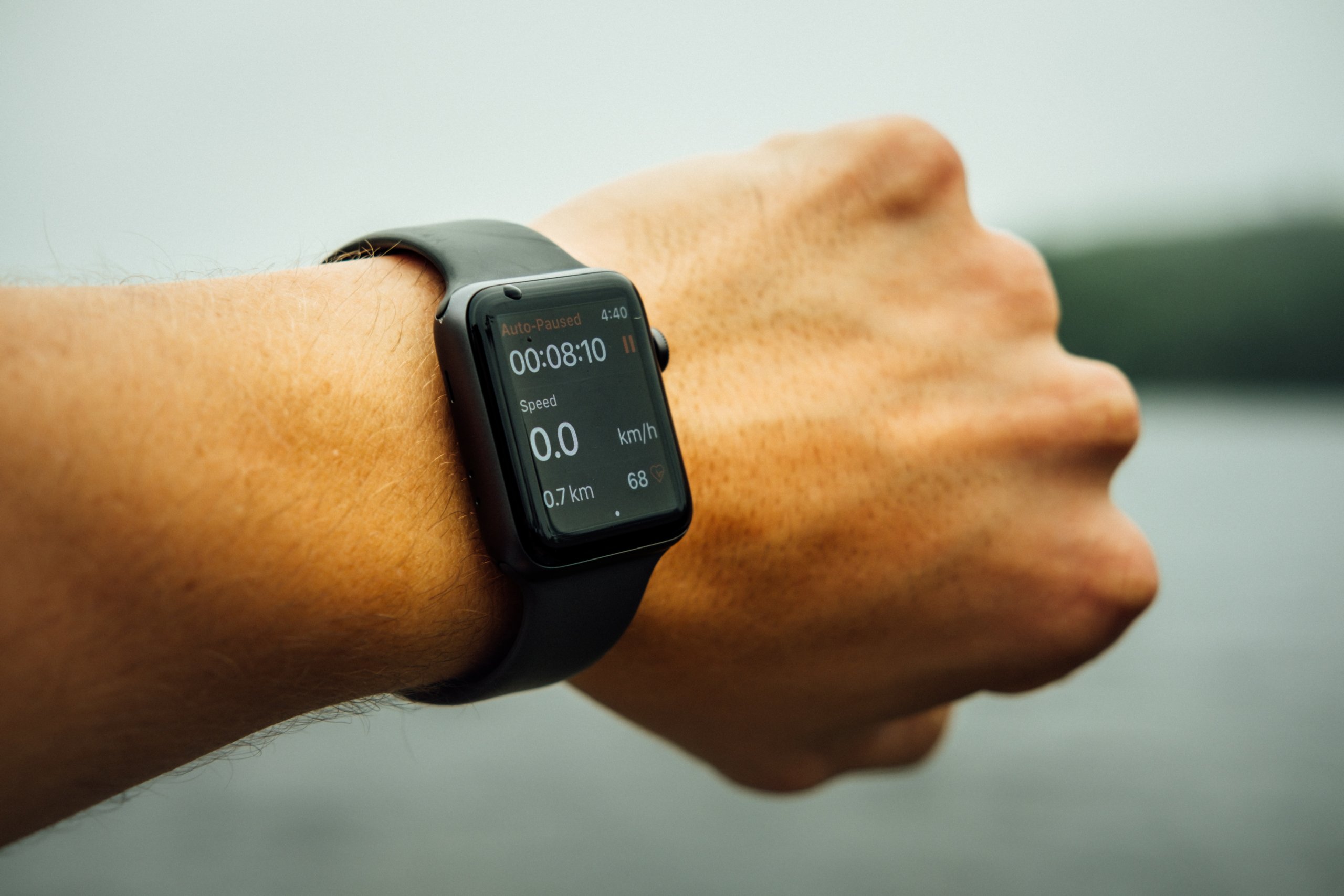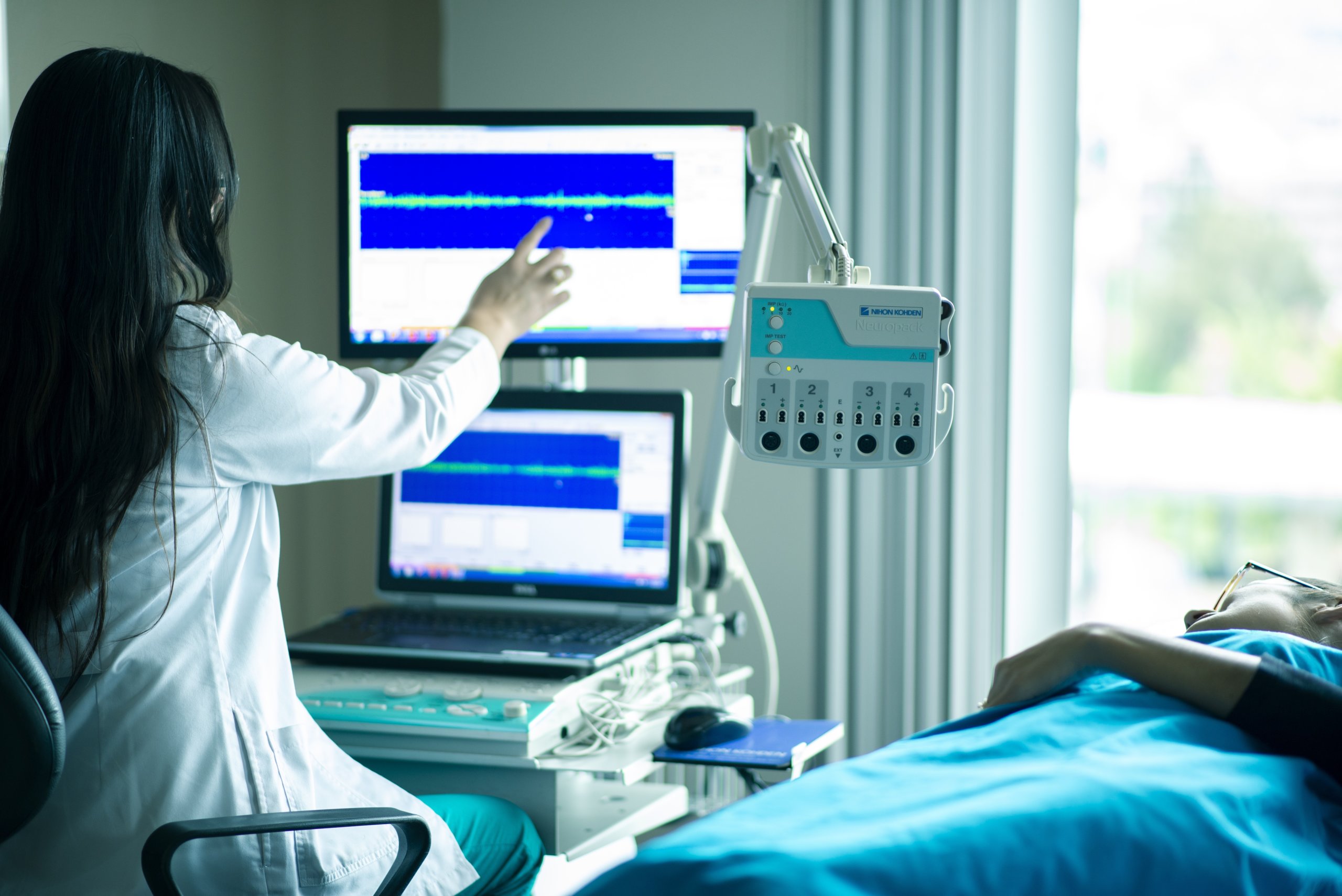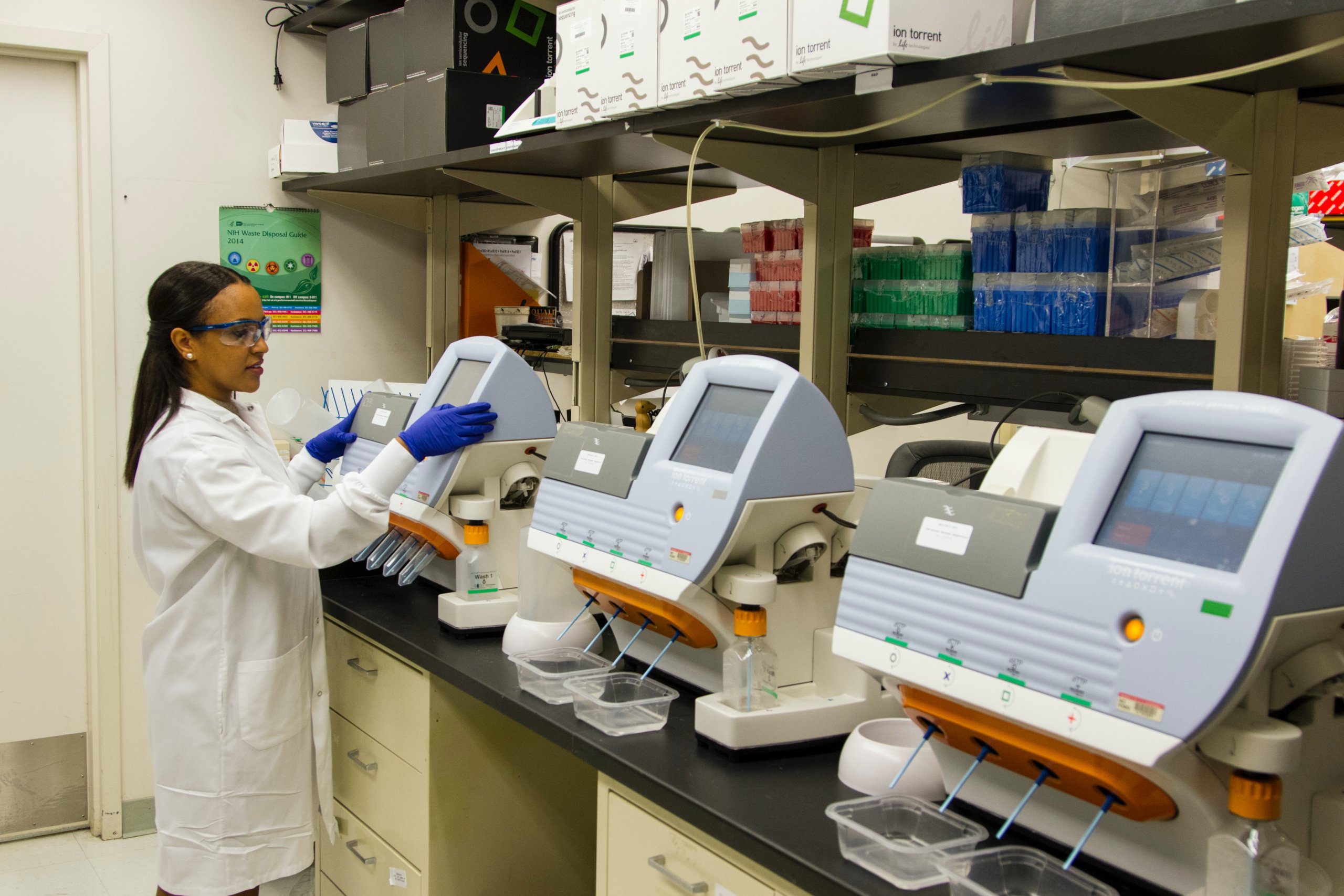
Medical facilities such as hospitals and clinics employ numerous diagnostic devices like thermometers, blood pressure cuffs, and pacemakers. Traditionally, the patient’s test data from these devices would be written in their chart.
But as more hospitals and clinics embrace digital technology like electronic medical records (EMR), opportunities are opening up for connected medical devices to disrupt the status quo and bring unparalleled improvements to treatment plans, asset management, and patient outcomes.
Here are some of the many benefits from connected medical devices that we’re starting to see in more healthcare facilities.
Better Diagnosis, Better Treatment
Gone are the days of clunky, unaccommodating equipment. Connected medical devices such as wearables can be seamlessly deployed in the patient’s home and used to collect a variety of information about their health. Not only are they less intrusive and more comfortable to use, but they can gather data on environment, nutrition, and vitals more efficiently than ever before.
When combined with clinical data from medical procedures or laboratory tests, connected medical devices help physicians build a more complete picture of the patient’s health. This holistic perspective empowers them to make more informed diagnostic or treatment decisions.

After the course of treatment is chosen, connected medical devices foster better patient outcomes through continued monitoring. How is the treatment plan working? Is the patient improving? Getting worse? Connected devices elucidate answers to these questions and alert doctors much faster than previous methods.
They also allow clinicians to see the “big picture” more clearly. With big data technology, all information gathered can be systematically analyzed. This gives medical staff the ability to identify trends or similarities that could improve treatment drastically.
Remote Chronic Disease Monitoring
Chronic illnesses such as heart disease or diabetes affect 3 out of 5 Americans. Usually, patients with these conditions must visit the doctor multiple times a month. But doing so gets complicated when you consider another factor: 20% of Americans live in rural areas. That equates to 60 million Americans.
Connected medical devices are relieving the burden of this inconvenience through remote monitoring. So even if you’re in San Diego and your primary physician is in New York City, you can still stay aligned on your health and ensure it’s well-managed.
Remote patient monitoring enables care providers and clinicians to enact early intervention should an issue arise—a key step in reducing risks and costs down the line. Besides active monitoring, many connected devices can also perform diagnostics, allowing doctors to tailor treatment plans more accurately.
All of this adds up to a more convenient and attentive approach to healthcare. And so far, the results have been promising—a recent study found remote patient monitoring reduced all-cause mortalities by 20%.
Enhanced Workflow = Enhanced Experience
Simplifying workflow is imperative for more efficient results. With remote access to data, connected devices make it easy to collect and centralize information for analysis.
Usually, copious amounts of time are wasted transcribing data from one system to another. With seamless connection capabilities to different EMRs, doctors can get the data they need in the format that works best for them.
In turn, this promotes a more personalized approach to the patient experience. Connected devices allow for information to be distilled to patients in a more relevant or customized way. They can also monitor compliance with suggested treatments and therapies as well as offer training in areas of device use that the patient needs most.
Improved Asset Management
Managing and maintaining medical devices used to be an arduous, inefficient chore. If an issue cropped up, it usually wouldn’t be addressed or fixed until the next time a patient comes into the clinic.
Connected medical devices allow stakeholders to complete and gather device diagnostics remotely. This streamlines assurance that each device is working safely in the field. You can even set up malfunction alerts so you can take early action prior to any adverse incident.

This access to real-time information also allows MedTech developers to better optimize their maintenance workforce as well. Instead of following a rigid, time-based maintenance schedule, they can be intelligently deployed to sites that need their help right now.
It also simplifies software upgrades and bug fixes. Much like many other digital devices, troubleshooting can be completed instantly instead of waiting for a technician.
More Data = More Solutions
One of the most profound benefits of connected medical devices is the feedback loop of improvement they form. With all data collected, organized, and centralized, MedTech developers can mine it to gain a better understanding of how stakeholders are using their devices.
In turn, this can inform the new iteration of the device and give it a real competitive advantage over others not harnessing the power of data. This could lead to new diagnosis capabilities, treatment plans, and paradigms that improve upon the status quo.
It’s a win-win situation. Connected medical devices help patients and physicians reach better outcomes. And they help connected medical devices improve substantially over time.
Connecting to a Healthier Future
Connected medical devices are already providing better experiences and outcomes for patients at a lower cost. But this is just the beginning.
Device manufacturers and healthcare facilities are just starting to tap into the true potential of all the data before them. And it will undoubtedly inform us on how to improve our healthcare protocols in unprecedented ways.
What connected medical devices do you want to see in the near future? How do you think this technology can best be used to benefit all stakeholders in the healthcare ecosystem? As always, let us know your thoughts in the comments!





